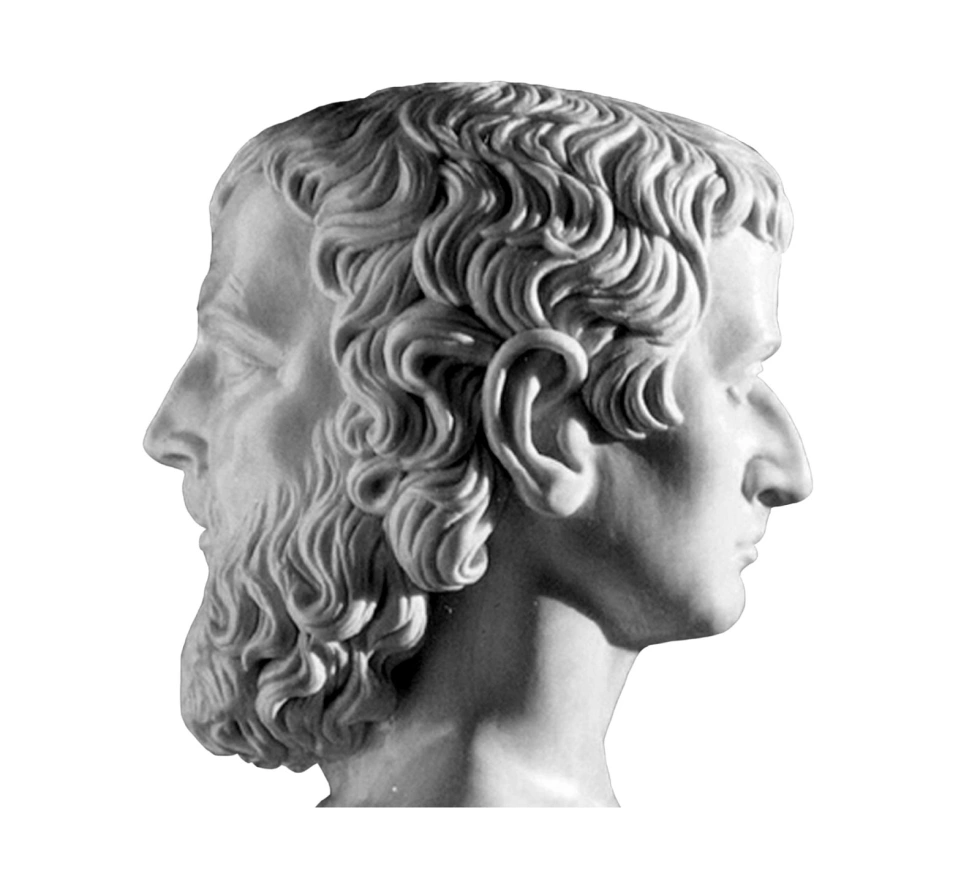This article is about how to recognize your beliefs and change your limiting beliefs into empowering ones. It was written by Spirit Drivers Member and Partner, Jelena Kuznecova, and originally posted on her blog, elenazine.blog. In addition to her tips, masterminding is another effective way to become aware of your beliefs as you share them with your mastermind group and hear different perspectives from other members. A group like Spirit Drivers can also hold you accountable for doing this kind of personal development work if you resist doing it alone.
Oxford dictionary defines belief as something that you think is true. In his book „Responsibility Rebellion“, Kain Ramsay argues that beliefs are the shortcuts we use when navigating life. They are our immediate and instinctual expectations of how the world will play out. Our brain uses these shortcuts every time a similar environment or experience occurs, just like computer users press ctrl/cmd+c for copy and ctrl/cmd+v for paste.
Beliefs are the results of particular experiences or knowledge or influences of the environment we come from, as I have argued in one of my earlier articles. They are catalogued by our brain and form a significant part of our perception of reality.
Among many quotes, my favourite one about our beliefs is the one attributed to Paolo Coelho:
You are what you believe yourself to be.
It is truly empowering. However, whenever I think about its meaning, I think about an ancient Roman god Janus – a god of beginnings, gates, transitions, endings and duality. Janus, you see, was usually depicted as having two faces. One face of Janus is facing the future, whereas the other face the past.

It is, indeed, the case with the majority of our beliefs. They originate somewhere in our past, influence the future, and might be empowering or limiting without us consciously knowing it.
They say that the power of beliefs resides in their ability to do four things: create a vision, generate strength of will, develop resilience and unleash us. I believe that the first ability – the ability to create vision – is the most important.
There is a flip side, though – not all beliefs are empowering. On the contrary, some of our beliefs can be limiting and even harmful in the long term. Why is that?
If we think about beliefs as shortcuts, as Kain Ramsay suggests in his book, the explanation seems to be simple. Shortcuts are based on past experiences. Each time our brain uses such a shortcut, it does it without consciously assessing the situation. It does not consider the knowledge or experience, nor does it consider skills we‘ve gained since our brain created that shortcut.
These shortcuts use what we knew as kids to deal with challenges we face as grown-ups. Let me give you an example.
I was raised by a single mother and spent a lot of time around my grandparents, who have seen war, famine and poverty. Among many great things I‘ve learned from them, there is a concept of causality between your wellbeing and the efforts you put into what you do. Here are just a few examples of how the grown-ups around me would shape my image of the world:
- A cat in the glove catches no mice
- He that will eat the kernel must crack the nut
- No pain, no gain
- Hard work pays off
- No sweet without some sweat
- No cross, no crown
- You can‘t catch trout with dry trousers
On and on, they would go, teaching me that working hard and applying myself would eventually ensure my wellbeing.
Over many years, this belief has guided and motivated me. Because I applied and worked hard, I succeeded where others didn‘t; I created a life for myself that I dreamt of. I upgraded my dreams, set new goals and worked on them.
But something felt wrong. On the surface, everything seemed to be all right. I would float in external acknowledgment and mentor a few youngsters, helping them become more efficient, productive, and successful. And yet, there I was, unsure whether what I do is what I want to do, jumping on seemingly attractive projects that did not align with my values and principles, doubting my very self. I would go through my vision and my goals, again and again, always ending up with the same vision statement and same priorities and goals. Still, it just wasn’t working out well.
It took me some time to realise what bugs me. It was too easy. There was no more hard work involved – writing, masterminding, mentoring, being a successful assistant was easy. Even learning new skills was not challenging — no grit, just fun.
My core belief that hard work pays off flipped on me. Having fun did not fit the perception of working hard. It felt like I‘d have the reward I had not yet earned. It felt like cheating.
As it turns out, our belief system needs to be updated from time to time. Certain perceptions that we build our whole world on are getting outdated. Instead of being helpful, they limit us. Here is a simple general framework that helps me recognise when some of my beliefs are limiting me and replace them with empowering beliefs.
Write your beliefs down
Try to understand what stops you whenever you feel stuck or unable to move on with a particular project or adopt a habit that you reasonably believe would improve your life quality. What is it that is in the way? If you cannot figure out the answer, if it feels like all is great and there should be no reason for you to stumble, but you still do – it is quite a failproof sign that some of your core beliefs are at work here.
It is helpful to list all of your beliefs (and add some more as time goes by because you will find them where you least expect them). How do you expect the world to work? List everything you hold to be true, every perception, idea, and expectation.
Look at your beliefs with a critical eye
Ask yourself, why is this true? And most importantly, ask yourself why it cannot be true. Don‘t hold on to the security of your conviction – ask yourself „why“ so many times until you have a factually accurate answer. You might be amazed at the end of this exercise. As I‘ve mentioned, some of our beliefs are created when we are young and are not aligned with the changed life circumstances of a grown-up person.
Separate the wheat from the chaff
Ask yourself if your beliefs support you or limit you. You must define it after you have critically assessed your beliefs. We build our realities around our beliefs and let them guide our actions. However, we are also emotionally attached to our beliefs. Shaking this construct can be disruptive, so it would be rational to start with those that are not only limiting but also not true.
Phrase the outdated belief in an empowering way
I find that rephrasing an outdated belief in an empowering way is more manageable than dumping the outdated belief entirely and creating a new one instead. Emotional attachment plays a role, but it also requires less energy. And our brain loves energy-saving more than anything else – having extra energy stored is essential for survival.
Be kind and patient
Your brain will need some time to adjust to your changes and update the shortcut. Unlearning old ways is challenging, often emotionally charged and above all – it takes time. You might want to re-read the arguments in your framework to remind yourself why are you doing this.
Life-changing beliefs
In conclusion, I‘d like to share four beliefs that shape our characters and greatly influence our lives. Are these beliefs empowering or limiting you? How do they shape your reality? Have they ever shown you their flipside?
- You can achieve anything you want
- You’re special and unique
- Your opinion matters
- You’re in control of your life
Want to work on your beliefs and create an empowering vision? Book a session with Elise & Gregg here.

Recent Comments